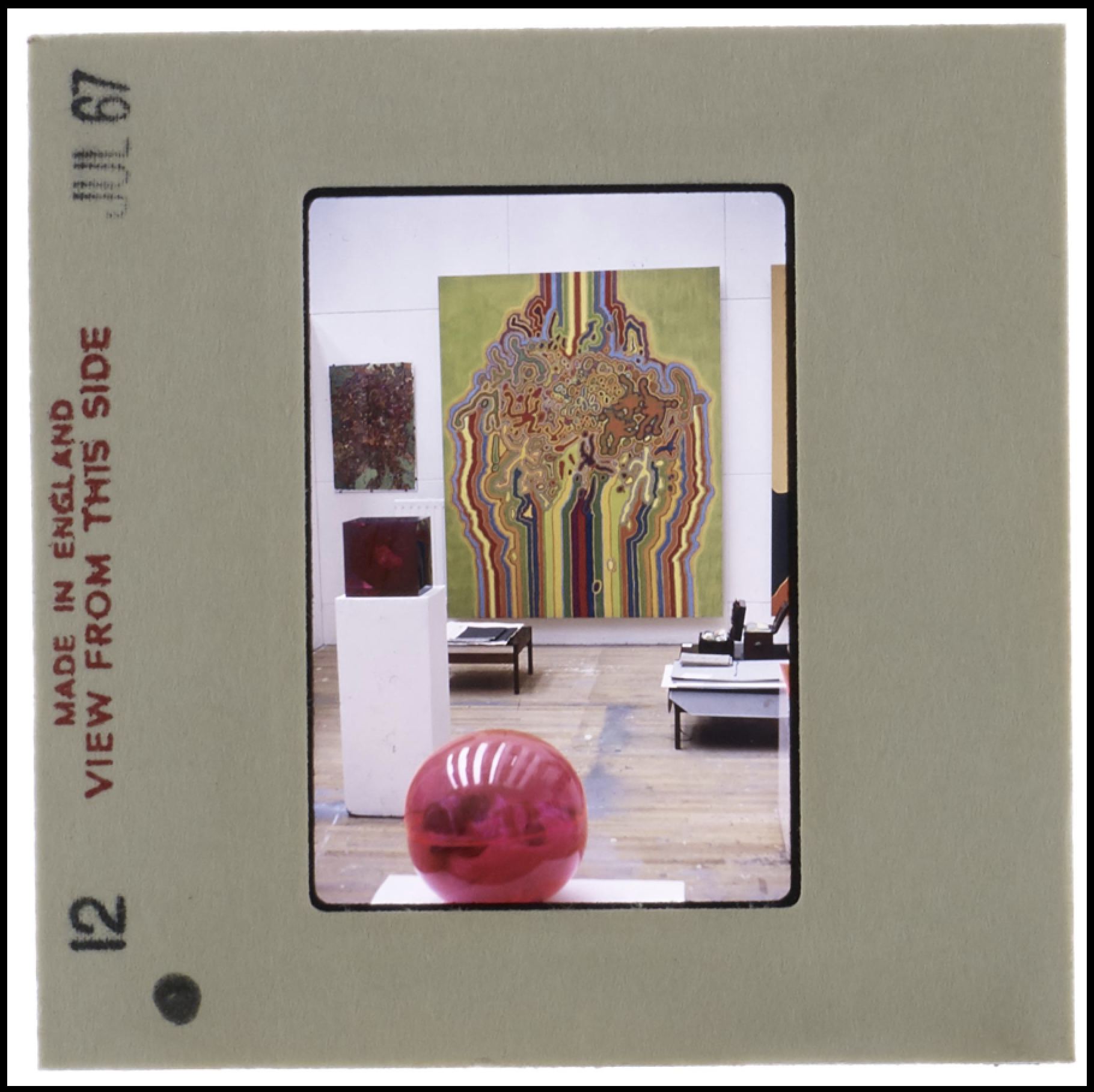As digital preservation becomes more and more relevant, I thought it might be interesting to write a blog post about a project I worked on for a number of months before and during the Covid-19 pandemic.
At the start of 2020 I was given the opportunity to start working on a digital project to help with the preservation of collections at the centre. The ultimate aim of the task was to upload digitised images to our digital preservation system, introduced as part of the UAL Digital Archives and Collections Project.
During testing we encountered an error created during digitisation. A select number of digital images were found to include an embedded thumbnail within the file itself. Although not visible when viewing the image in a standard viewer, the presence of these would have caused issue when caring for these in the future. This is because the tools used within digital preservation often work on a forensic level and this duplication of images within a single image file would have prevented us from carrying out mitigating actions in the future, such as file format migration, an important strategy in combatting the threat of format obsolescence.
We had to source an editing program that would allow us to view and manually remove the second page (the thumbnail of the image) from the file to save it as just the high resolution image itself. Due to the sheer size of our archives and special collections, and the manual nature of the work, following testing it was estimated that this project would take 100+ hours (a glimpse into the less glamorous side of working in archives!)
Now I have finished this project, I thought I would show some of the highlights from the amazing imagery I was exposed to during the project.
I began this project by looking through behind the scenes polaroids of the shooting of Stanley Kubrick’s 1980 classic The Shining. The Shining is one of my favourite films, so this was especially interesting to me! Seeing the emotions of the cast and crew on set, as well as telling the age of the film by the quality and condition the polaroids were in was very rewarding. These pictures said a lot about the relationships on set. It’s great that these are being preserved as many of them are fading and in poor condition.
You can find out more about the Stanley Kubrick Archive and view the online catalogue on our webpages.
Barbara Sawyer Archive
After completing the Shining Polaroids, I began work on scans of the Barbara Sawyer Archive.
Barbara Sawyer (1919-1982) was a specialist weaver and textile artist who taught at Camberwell School of Arts & Crafts for over 30 years. She was a very influential figure in the modernist movement of woven textile design and making. I have an admiration for her work, especially her geometric and more fluid pattern designs of varying size and detail.
I found her notes for students very interesting, learning about her method of teaching using examples of her mock-up and professional work. I have worked with this collection in the past helping BA Textile Design (Chelsea) and BA Culture Criticism & Curating (CSM) students with their exhibition cases at the Typo Café at LCC, the boardroom at LCC and the foyer at Chelsea.
You can find out more about the Barbara Sawyer Archive by contacting our curator, Jacqueline Winston-Silk: j.winstonsilk@arts.ac.uk
UAL Estates plans
After these TIFF images were edited, I moved on to the UAL estates plans we hold ranging from c.1902 up to c.1980. When I started at the Archives and Special Collections Centre (ASCC) as a volunteer in 2016, one of my tasks was to list each of these plans so we had a comprehensive list and extent for future cataloguing. I noticed the fragility of these aged plans and their need for specialist packaging for preservation. The use of colour and detail, especially in earlier plans taught me more about the art and science of architectural drawing, as well as the history of UAL – the buildings and locations of early colleges and the formation of the London Institute.
Further details on a selection of the estates plans we hold can be found on the online catalogue.
Chelsea Degree Show slides
I chose to work on the Chelsea Degree Show slides last, as it was expected this part of the project would take the longest. I immediately noticed the vast number of folders of slides due to there being documentation from degree shows spanning 40 years – from the 1960s to the year 2000.
I found this final task especially fascinating. The change of styles through the decades amazed me, even observing the change of fashion of the degree show visitors and artists.
I noticed a range of styles of artwork and disciplines (painting, sculpture, textile design, to name a few Chelsea courses) change and expand in style and method over the years. This included traditional, psychedelic, political, autobiographical artworks and more experimentation in media and formats as the decades changed. Seeing these slides really made me appreciate the importance of University studio spaces, which sadly have been less accessible to students due to Covid-19.
The Chelsea Degree show slides are held at Chelsea College of Arts library. If you are interested in any of their collections, you can contact our colleague Gustavo Grandal Montero by e-mail: g.grandal-montero@chelsea.arts.ac.uk
The collections mentioned in this blog post that are held by the University Archives and Special Collections Centre (based at London College of Communication) include the Barbara Sawyer Archive, The Stanley Kubrick Archive (Shining Polaroids) and the University of the Arts London Institutional Archive. You can browse the online catalogue for these, and other collections, on our webpages.











